- Technology Reshapes Operations
- Workforce Evolution, Not Replacement
- Industry Transformation
Amazon deployed its millionth robot across its global warehouse network on Monday, a milestone that brings the e-commerce giant's mechanical workforce nearly to parity with its human employees. The company simultaneously unveiled DeepFleet, an artificial intelligence system designed to coordinate robot movements and improve fleet efficiency by 10 percent.
The milestone robot was delivered to a fulfillment center in Japan, joining a network that spans more than 300 facilities worldwide. Amazon now employs approximately 1.56 million people, with most working in warehouses, making the robot-to-human ratio nearly one-to-one.
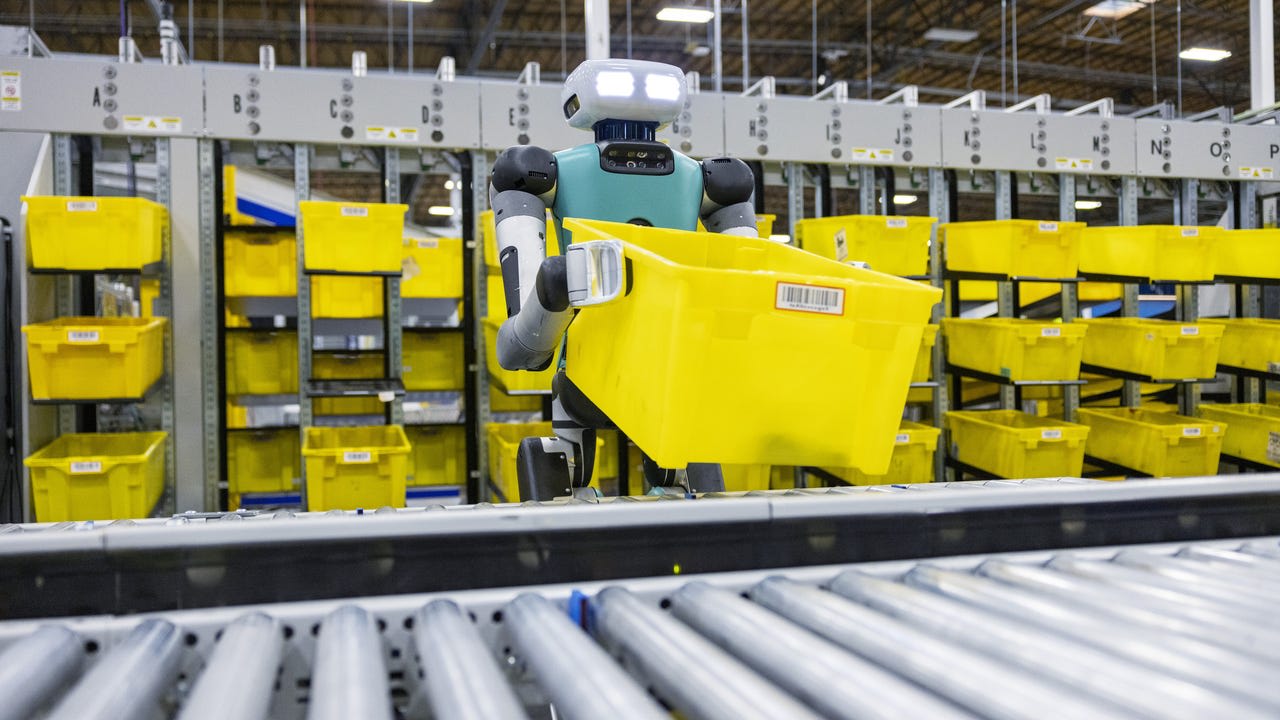
DeepFleet functions as "an intelligent traffic management system" for robots, coordinating movements to reduce congestion and optimize routes within fulfillment centers1. Built using Amazon's inventory data and Amazon Web Services tools, the AI model enables robots to learn and improve performance over time12.
The system supports Amazon's broader automation push, with robots now assisting roughly 75 percent of the company's global deliveries3. According to a Wall Street Journal report, the average number of employees per Amazon facility dropped to approximately 670 last year, the lowest in 16 years3.
Amazon's current fleet includes diverse machines: Hercules robots that lift up to 1,250 pounds, Sparrow robotic arms that handle over 200 million unique products, and Proteus, the company's first fully autonomous mobile robot operating alongside human workers124.
Despite the robot proliferation, Amazon frames the technology as augmenting rather than replacing human workers. The company has upskilled more than 700,000 employees since 2019 through training programs in robotics, engineering and maintenance12.
"We aspire to develop more high-skilled roles that are ergonomically beneficial for all personnel in our facilities," said Nicola Fyfe, Amazon Logistics' Vice President for Europe3. New automated facilities require 30 percent more technical roles to maintain the technology2.
An internal Amazon document obtained by Business Insider described the automation push as "critical to flattening Amazon's hiring curve over the next ten years" rather than eliminating existing positions4.
Amazon's robotics journey began with its 2012 acquisition of Kiva Systems for $775 million, which gave the company exclusive access to warehouse automation technology12. The purchase forced competitors to develop their own robotic solutions, launching what one industry observer called "the entire autonomous robot sector"2.
The company now manufactures its drive units in Massachusetts facilities, creating jobs while deploying the world's largest fleet of industrial mobile robots3. Amazon's robotics push could save the company up to $10 billion annually by 2030, according to Morgan Stanley estimates3.
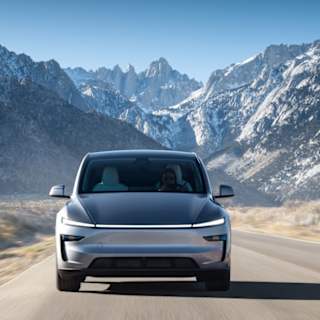
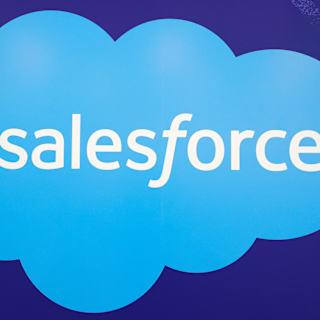
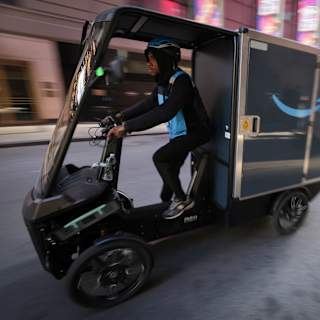
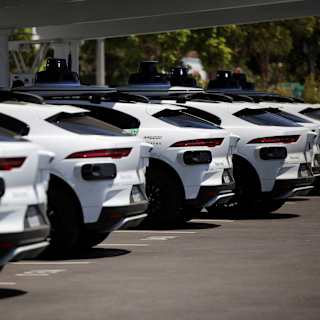

:max_bytes(150000):strip_icc()/GettyImages-22132577581-400bbf22888241bdbf6fc61ca38eab98.jpg)